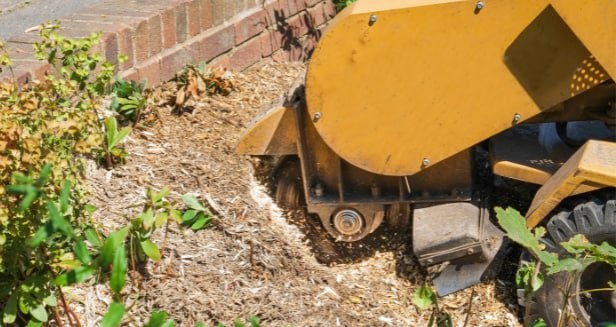
Introduction: Sectional dismantling is a specialised tree removal technique that requires careful planning and execution to ensure safety, efficiency, and minimal environmental impact. Arborists play a crucial role in this process, and having a well-prepared checklist is essential for a successful sectional dismantling operation. In this blog post, we’ll explore the key components of a sectional dismantling checklist for arborists, emphasising safety, precision, and environmental responsibility. At Uckfield Tree Surgeons, we understand the importance of meticulous planning and execution in tree care.
- Tree Assessment:
- Evaluate the tree’s health, species, and structural stability.
- Identify potential hazards, such as dead branches, hollow cavities, or diseases.
- Determine the tree’s lean, if any, and assess the surrounding environment for obstacles.
- Equipment Inspection:
- Ensure all equipment, including chainsaws, ropes, harnesses, and rigging gear, is in good working condition.
- Verify that personal protective equipment (PPE) is readily available and worn by all team members.
- Site Preparation:
- Clear the work area of debris, equipment, and any potential hazards.
- Establish safety zones and barriers to keep bystanders away from the operation.
- Safety Protocols:
- Review and communicate safety protocols with the entire team.
- Designate a ground crew member to oversee communication and safety signals.
- Rigging Plan:
- Develop a rigging plan to determine the best way to lower tree sections safely.
- Identify anchor points and rigging techniques suitable for the specific tree and site conditions.
- Branch Selection:
- Choose the order in which branches or sections will be removed, starting with the lowest and working upward.
- Prioritise the removal of dead or diseased branches.
- Cutting Techniques:
- Determine the angle and location of cuts to minimise tearing and stress on the tree.
- Ensure cuts are made just outside the branch collar to promote proper healing.
- Communication:
- Establish clear communication channels among team members using radios or hand signals.
- Maintain constant communication to coordinate the operation smoothly.
- Environmental Considerations:
- Plan for the disposal or recycling of tree sections and debris in an environmentally responsible manner.
- Minimise damage to the surrounding landscape and protect sensitive areas.
- Emergency Preparedness:
- Be ready to respond to unforeseen circumstances or emergencies with a well-equipped first aid kit and an emergency action plan.
- Client Communication:
- Keep the property owner informed about the progress and any unexpected issues that may arise during sectional dismantling.
- Post-Operation Cleanup:
- Remove all debris, equipment, and waste from the site, leaving it clean and safe.
Conclusion: A well-prepared sectional dismantling checklist is an invaluable tool for arborists, ensuring tree removal is executed safely, efficiently, and with minimal environmental impact. At Uckfield Tree Surgeons, we prioritise the meticulous planning and execution of all our tree care operations. By following a comprehensive checklist and emphasising safety, precision, and environmental responsibility, we provide top-quality tree care services that meet the highest standards of excellence.
Call us on: 01825 705493
Click here to find out more about Uckfield Tree Surgeons
Click here to complete our contact form and see how we can help with your tree’s needs.